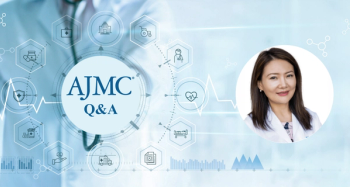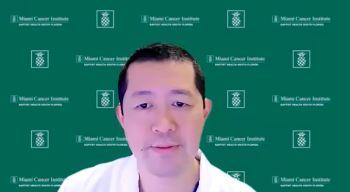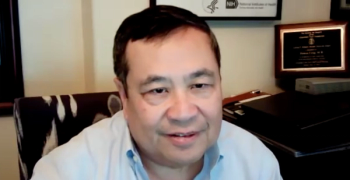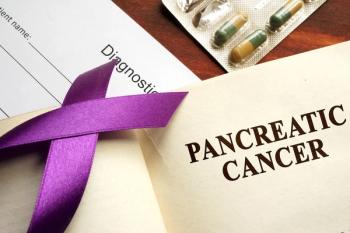
Dr Scott Paulson on Current Challenges in the NETs Treatment Landscape
The biggest challenge we have right now is how to sequence all of these therapies and how to pick the right patient to sequence those treatments, explained Scott Paulson, MD, co-director of the Gastrointestinal Research Program for The US Oncology Network, medical director for the Neuroendocrine Research and Treatment Center at Baylor Charles A. Sammons Cancer Center, Baylor University Medical Center.
The biggest challenge we have right now is how to sequence all of these therapies and how to pick the right patient to sequence those treatments, explained Scott Paulson, MD, co-director of the Gastrointestinal Research Program for The US Oncology Network, medical director for the Neuroendocrine Research and Treatment Center at Baylor Charles A. Sammons Cancer Center, Baylor University Medical Center.
Transcript
What are some of the biggest challenges in the treatment landscape of neuroendocrine tumors currently?
I think that the biggest challenge that we have now is really how to sequence all of these therapies. To start, if you can cut them out, cut them out. But, when you’re at a point that you’re having to use medical therapies, the biggest confusion we have now is we’ve got a whole mix of different things to use and we’re really not sure of the right sequencing for it and how to pick the right patient to sequence those treatments.
In other words, say pancreatic neuroendocrine tumors [NETs]. Should we be using capecitabine and temozolomide before we should be using peptide receptor radionuclide therapy [PRRT], or vice versa? Those decisions, we really don’t have a lot of information. We’ve had a lot of new drugs come in and not a lot of information on how to take a patient through that entire treatment algorithm.
I usually tell patients they’re going to see every treatment we can get to them, but what’s the most optimal strategy for taking them 1, 2, 3, 4, 5 through that regimen is not really known. So, I think that’s a big challenge.
I think the intermediate high-grade or the well-differentiated G3, which is kind of the new pathologic assessment of these tumors is a challenging group. We don’t know if chemotherapy serves those patients best or if they’re better served with things like PRRT, and there was
I think the final biggest challenge is lung. I think lung has had a lot of disservice in a lot of different clinical trials. So, we’re starting to see a lot more focus on lung NETs as a specific entity and hopefully get a little more data so we know what we’re doing in that setting.
Newsletter
Stay ahead of policy, cost, and value—subscribe to AJMC for expert insights at the intersection of clinical care and health economics.





























































